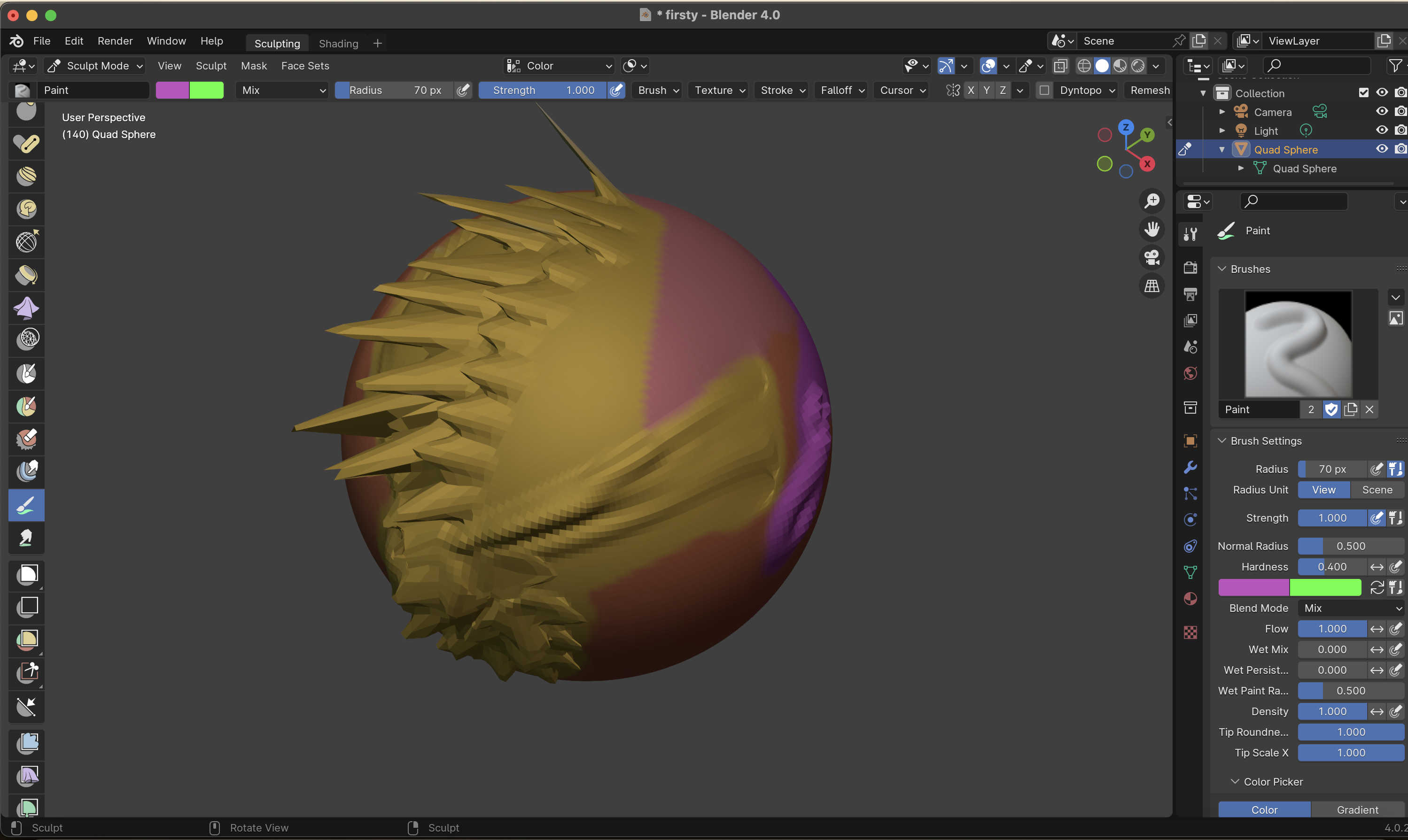To navigate new challenges effectively, allocate sufficient time for learning and experimentation, actively seek out available resources, and consider collaborating with the community or support channels. Flexibility, patience, and a strategic approach will help you overcome these challenges and make the most out of learning a new tool.
Learning Blender, a powerful 3D modeling and animation software, can be an exciting journey. Here are steps to help you get started:
- Introduction and Familiarization:
- Download and install Blender from the official website.
- Explore the Blender interface, menus, and basic navigation controls.
- Familiarize yourself with the 3D viewport, tools, and panels.
- Tutorials and Documentation:
- Begin with introductory tutorials available on Blender’s official website or other reputable tutorial platforms.
- Refer to Blender’s official documentation for in-depth information on features and functionalities.
- Basic Modeling:
- Learn basic modeling techniques, starting with simple objects like cubes, spheres, and cylinders.
- Practice using tools such as extrusion, scaling, and rotation to shape objects.
- UV Mapping and Texturing:
- Understand UV mapping to unwrap 3D models for texturing.
- Experiment with basic texturing techniques using Blender’s material and texture editors.
- Character Modeling:
- Progress to character modeling by learning to create humanoid or simple creatures.
- Practice sculpting and refining details using Blender’s sculpt mode or external tools like ZBrush.
- Rigging and Animation:
- Explore rigging by creating skeletons for characters to enable animation.
- Learn animation principles and create basic animations using keyframes.
- Lighting and Rendering:
- Experiment with different lighting setups in Blender.
- Understand rendering settings and render a simple scene to see how lighting affects the final output.
- Particle Systems and Simulations:
- Dive into Blender’s particle systems for effects like hair, fur, and fire.
- Explore simulations for fluid, smoke, and cloth.
- Compositing and Post-Processing:
- Learn compositing in Blender to enhance your renders.
- Explore post-processing techniques using Blender’s built-in compositor or external software.
- Advanced Topics and Specializations:
- Explore advanced features such as advanced modeling tools, advanced texturing techniques, and advanced simulations.
- Consider specializing in specific areas like character animation, architectural visualization, or game development.
- Join Blender Communities:
- Engage with the Blender community on forums, social media, or Blender-related websites.
- Seek feedback on your work and learn from the experiences of others.
- Practice Regularly:
- Consistent practice is key to mastering Blender. Set aside dedicated time for learning and experimenting.
Remember, Blender has a steep learning curve, so be patient and persistent. As you gain more experience, you’ll find yourself creating more complex and polished projects.
